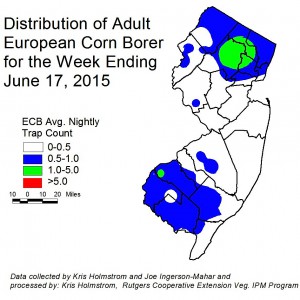Handwashing Stations
Auditors have noted that on handwashing stations some have a label which says “Not potable water.” If a grower is doing the USDA GAP or Harmonized audits, the water in handwashing stations must meet the “Microbial standard for drinking water.” If a label is on the wash station marked not potable, the grower is not in compliance. Check G-9 in the GAP or 2.2.5 in the Field Operations and Harvesting Harmonized Food Safety Standard for more details.
G-9. All toilet/restroom facilities are clean and properly supplied with single use towels, toilet paper, and hand soap or anti-bacterial soap and potable water for hand washing.



